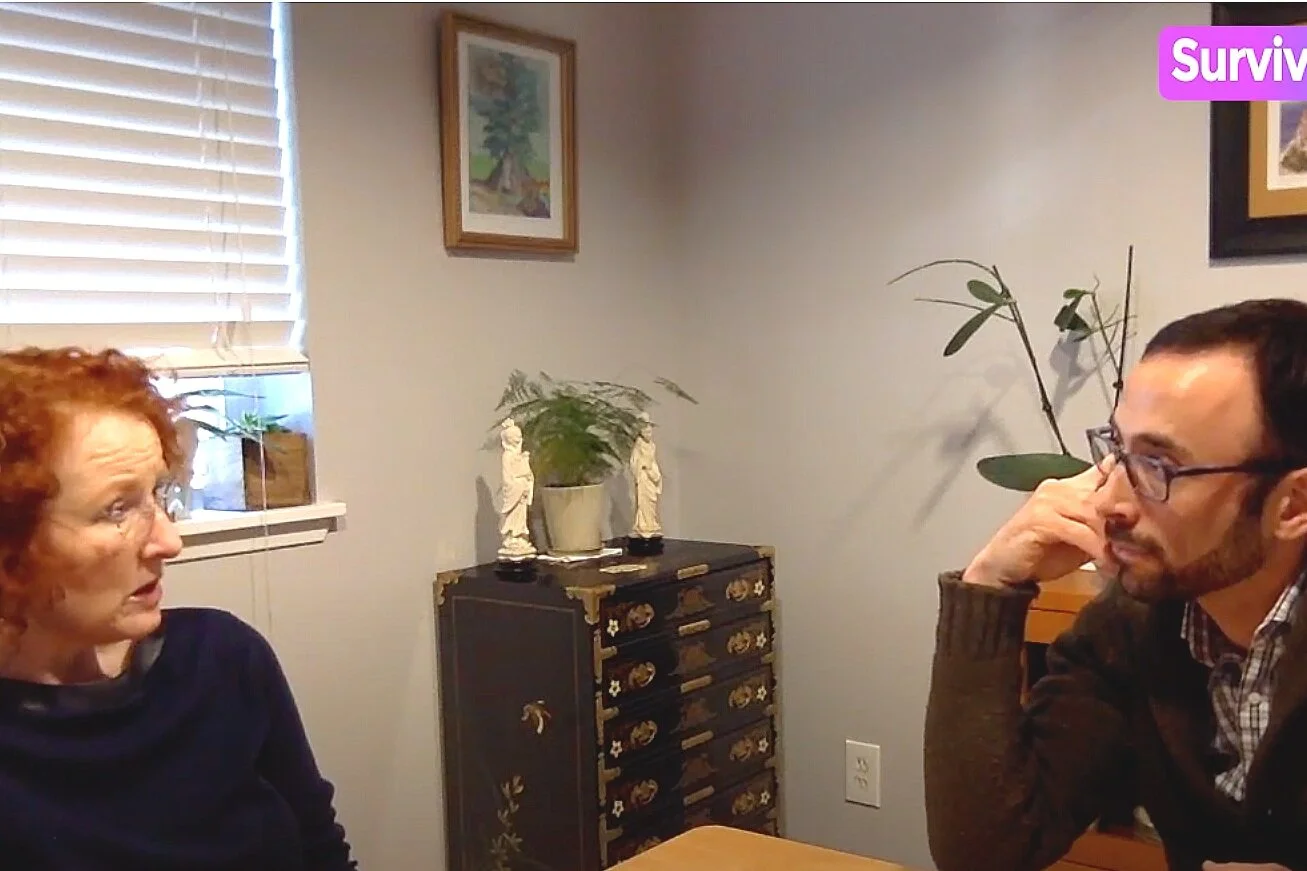Taken at Face Value
Oral and facial reflexes. Who has ever even heard of such a thing?! But I am willing to bet you’ve heard, “Don’t put that in your mouth! Have you ever said: take smaller bites, chew with your mouth closed, stop sucking on your thumb, chewing on your sleeve or biting your nails? Do you grind your teeth? Suffer from migraines? Maybe your child gags easily, drools, struggles with speech or eating issues. All these challenges and more can be traced back to the oral/ facial reflexes. The good news is they can be improved through movement-based integration activities!
These reflexes rule over the mouth, tongue, lips, jaw, cheeks, palate and face. We suck, chew, swallow, gag, clench, grind, purse, smile or cry because of them. Our faces are busy places, made up of multiple moving parts, hundreds of micro-movements, and responsible for many functions which are taken for granted unless we encounter a challenge. We pay more attention to the surface of a face than its function. But a face communicates our emotions without words while our mouths are hard at work eating, swallowing or speaking. Located close to the inner ear these reflexes have subtle interactions with the vestibular system that contribute to our sense of balance keeping us upright in gravity.
Sensory input flows in from lips, mouth, nose, ears and eyes all routed through the oval of our faces to be processed by the facial, cranial and trigeminal nerves into the brain. When it works as designed, we can appreciate a well-cooked meal, recite a poem, express anger or joy with a simple change of expression.
Issues impacted by oral / facial reflexes:
Swallowing, sucking, bite, high/low gag response, drooling, mouth-breathing
Teeth grinding, clenched jaw, contributing to migraines, dental problems
Eating challenges, speech issues
Poor oral proprioception impacting facial, lip and tongue placement for speech and eating
Flat facial affect making facial expressions hard to make or read in others
Oral & facial muscle tone either hyper & tight or hypo & loose
Sensory processing issues with input from mouth, nose, eyes and ears
Impacted sense of gravity, spatial issues and balance
Like all reflexes, these are unconscious movement patterns triggered by stimulus from our environment. Think of an infant knowing how to suck from birth, turning your head when you hear a noise or gagging at a noxious smell. If they are atypical, poorly integrated or inefficient then activities like eating can become a life-threatening endeavor. Or facial/ social cues impossible to read. Or speech a source of frustration leading to ridicule. Using rhythmic repetitive movement-based activities we can bring the neuro-motor connections into integration improving function for speech, eating, gravity sense and sensory processing.
The interplay of oral and facial reflexes with the sensory input of eyes, nose, mouth, ears and gravity sense has a profound impact on our foundational development. It is the basis for how we process, communicate and interact with the world around us. When our reflexes work as designed and sensory processing is improved there can be more joy to life and learning becomes an enjoyable experience. Because in my world everyone should be able to eat ice cream, sing a song and share a smile!
Please feel free to contact me if you would like to learn more or have any questions and remember:
Every Body Should be a Comfortable Place to Live In!






